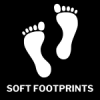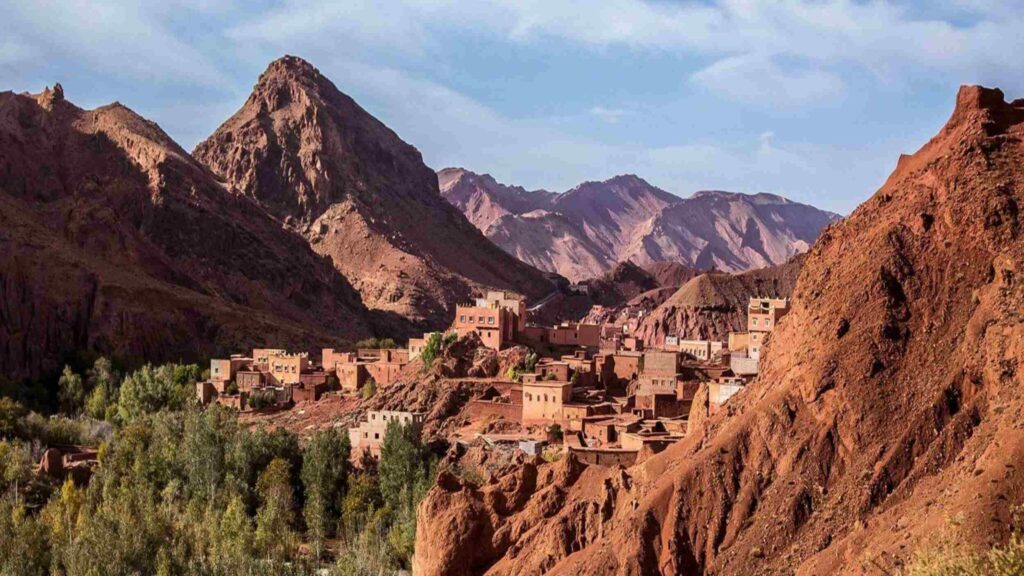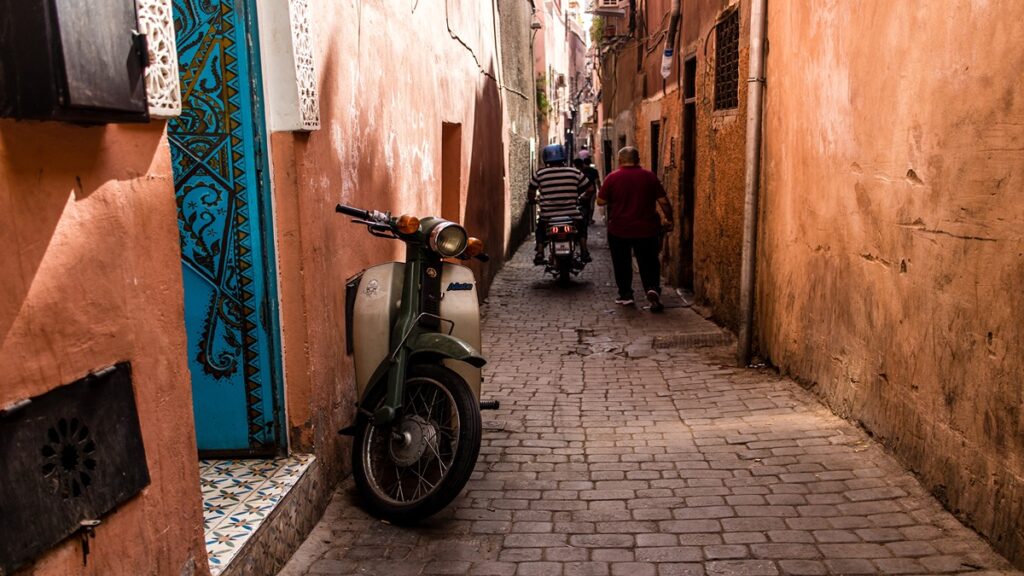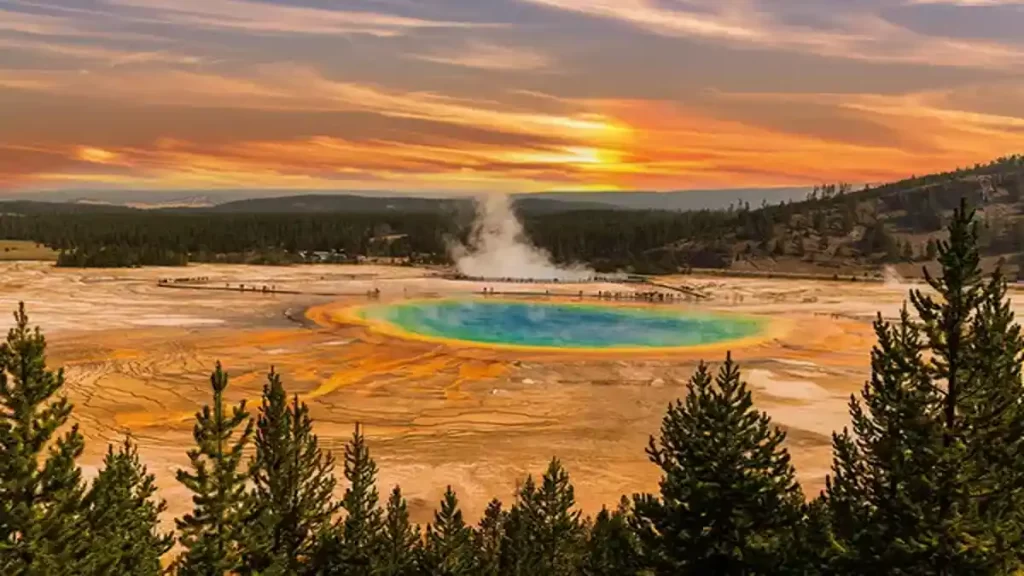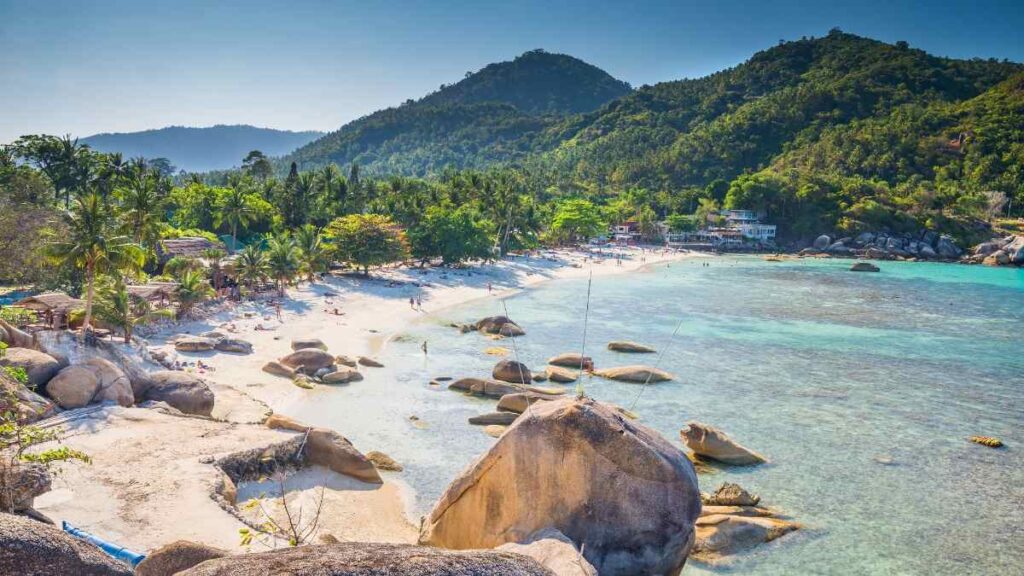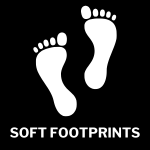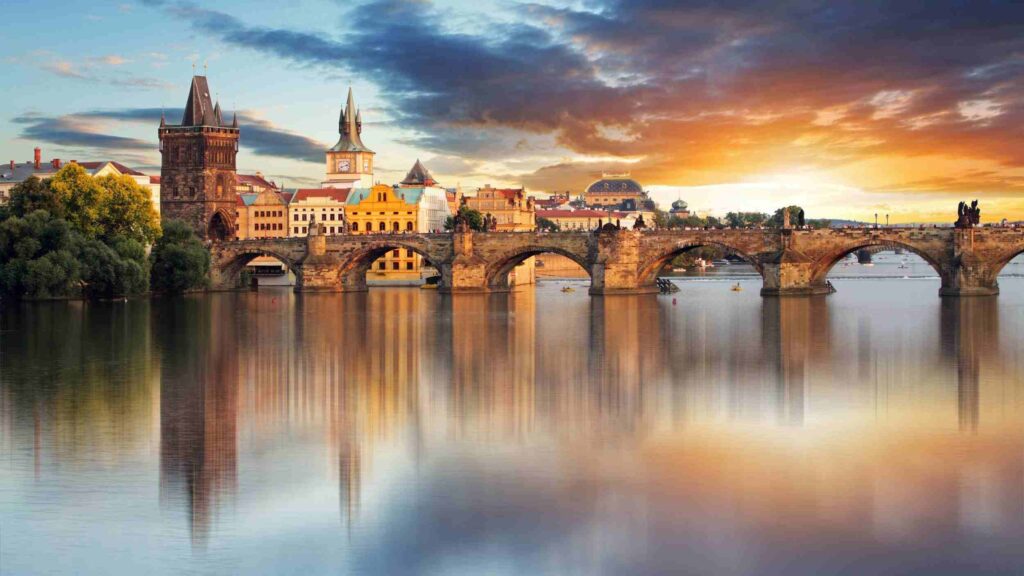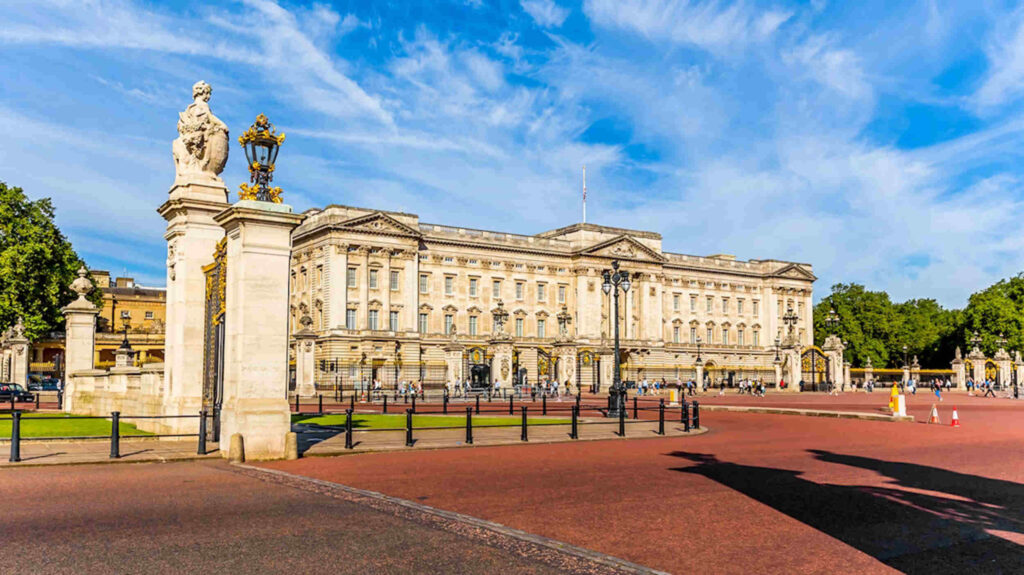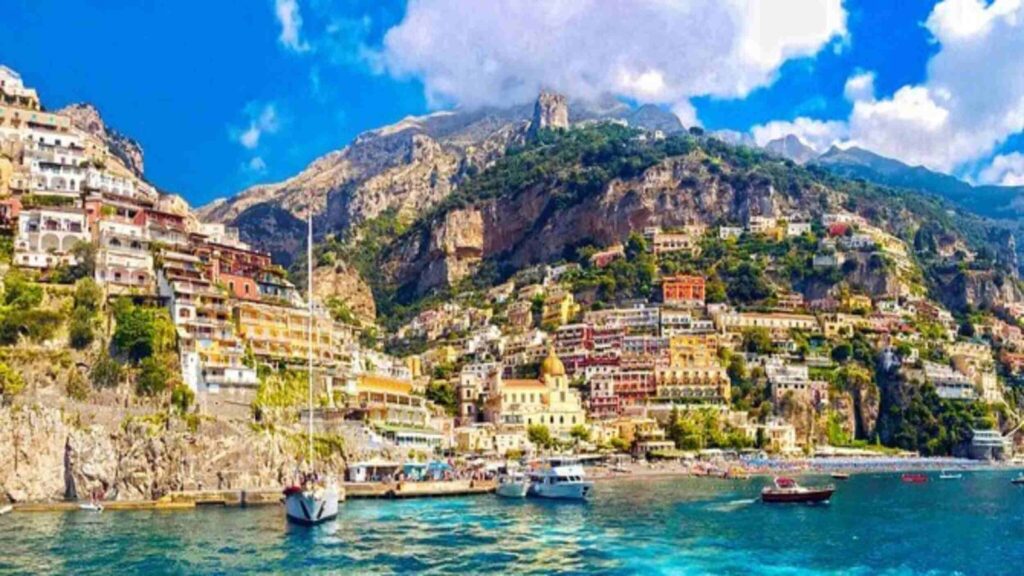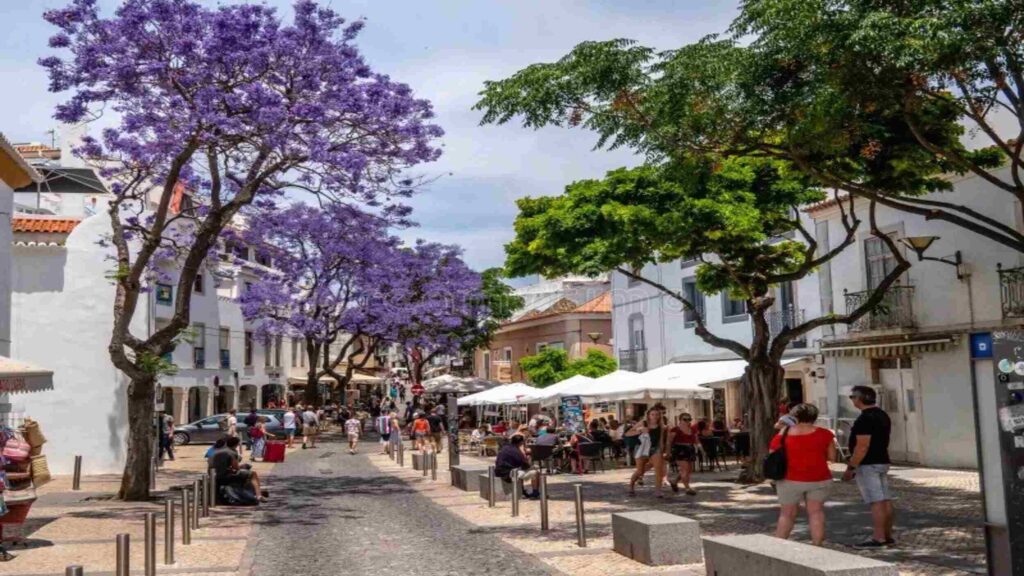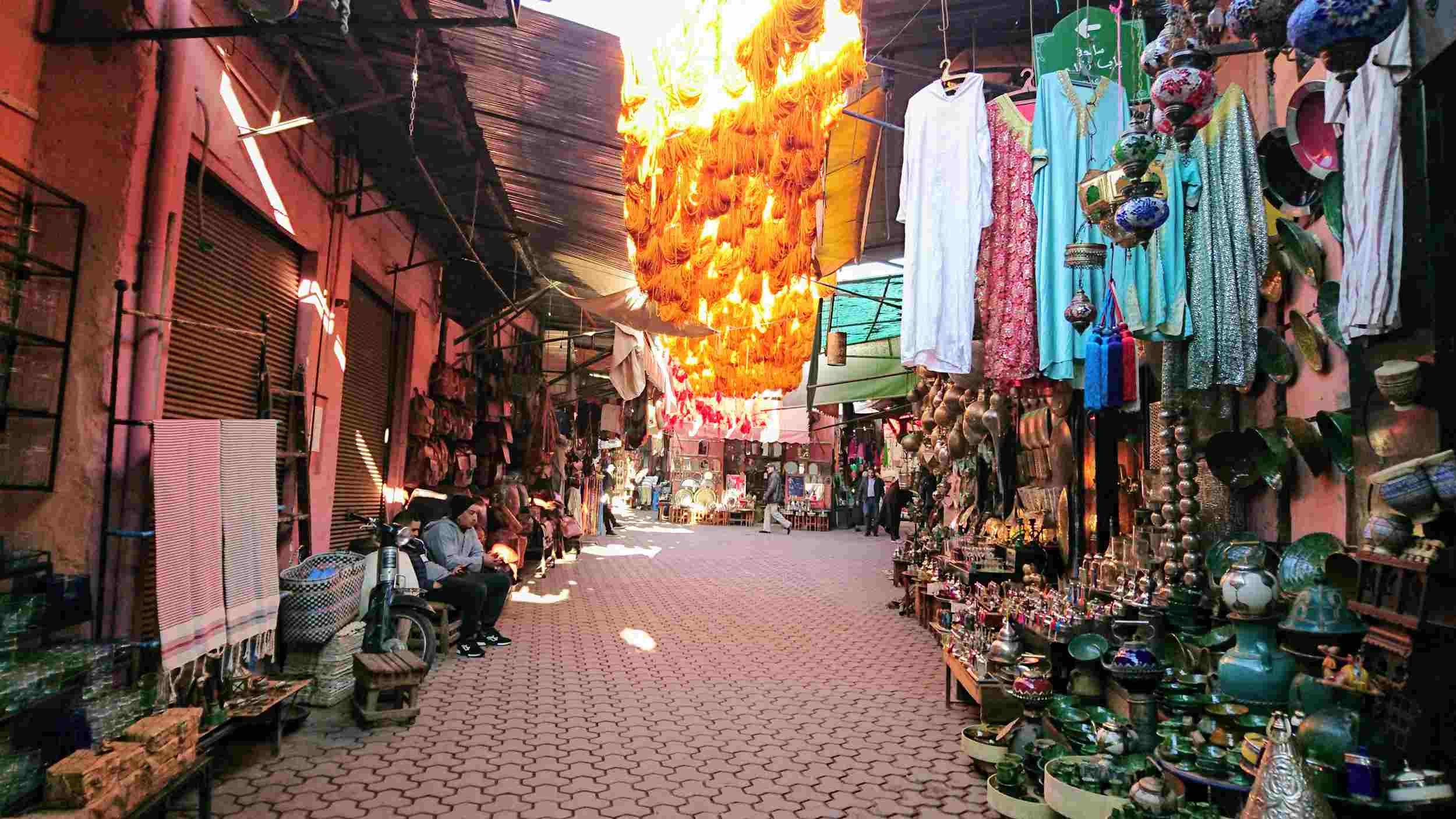
Your journey to Marrakech city Morocco starts with understanding this isn’t your typical holiday. Morocco’s imperial city demands strategy, preparation, and respect for its complex cultural layers. You’ll face sensory overload in the Medina, navigate price talks daily, and discover experiences that reshape your travel view completely.
Planning your Marrakech city Morocco adventure needs systematic thinking rather than random wandering. The city operates on different rhythms, cultural codes, and business practices that catch unprepared visitors off-guard. Success depends on frameworks that help you move confidently through Morocco’s most intense urban experience.

Planning Your Marrakech City Morocco Adventure
Strategic success in Marrakech city Morocco begins three months before departure with systematic preparation phases. Your planning timeline should account for visa processing, seasonal weather patterns, cultural event calendars, and booking windows that affect both availability and pricing.
Phase One involves destination research that goes beyond surface attractions. Study Moroccan cultural etiquette, basic Arabic phrases, and Darija greetings that open doors with locals. Understanding Islamic customs, appropriate dress codes, and business interaction patterns prevents cultural mistakes that mark you as inexperienced.
Essential Pre-Departure Preparation
- Research Moroccan cultural etiquette and Islamic customs
- Learn basic Arabic phrases and Darija greetings
- Study appropriate dress codes for religious sites
- Download offline maps and translation apps
- Check visa requirements and processing times
Phase Two focuses on logistical frameworks including flight booking strategies, airport transfer arrangements, and initial accommodation positioning. Subsequently, planning ahead for connections at Mohammed V International Airport, arrival procedures at Marrakech Menara Airport, and ground transport options is essential for seamless transitions.
Phase Three develops your cultural navigation systems including bargaining techniques, restaurant selection criteria, and social interaction protocols. Furthermore, Moroccan hospitality operates on respect principles that reward cultural sensitivity with authentic experiences.
Pro Tip: Download offline maps for Marrakech before arrival since GPS signals struggle within the old Medina’s narrow alleys and traditional architecture.
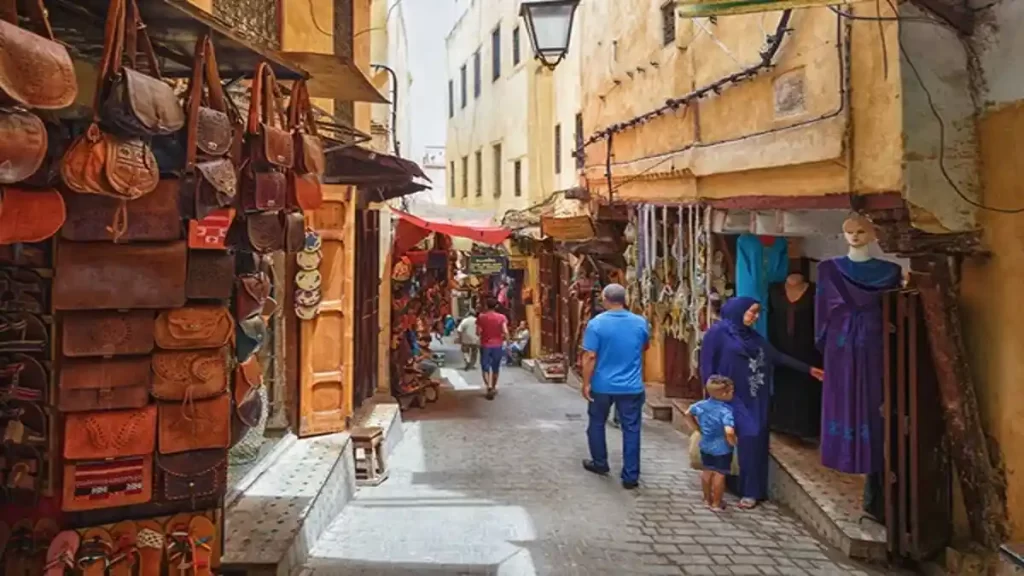
Getting Around Marrakech City Morocco
Movement patterns in Marrakech city Morocco follow distinct zones needing different transport approaches. The Medina operates as a pedestrian maze where walking remains your primary option. Gueliz and Hivernage districts accommodate modern transport including taxis, buses, and rental vehicles.
Walking Navigation Systems
Pedestrian travel through Marrakech’s Medina demands strategic approach rather than casual wandering. Moreover, the ancient city’s layout follows Islamic urban planning principles with main arteries connecting neighbourhood clusters through smaller residential passages.
Landmark navigation works better than street addresses since many Medina alleys lack clear signage. Consequently, Jemaa el-Fnaa serves as your central reference point. The Koutoubia Mosque, Bahia Palace, and Saadian Tombs serve as key landmarks for planning your exploration.
Time allocation should account for slower Medina walking speeds due to narrow passages, vendor interactions, and tourist crowds. Budget 30-40 minutes for journeys that would take 15 minutes in modern city districts.
Taxi and Transport Options
Petit taxis operate within Marrakech city limits using regulated meter systems. Many drivers prefer negotiated flat rates for tourist destinations. Standard rates run 7-15 MAD for central Marrakech journeys with evening surcharges applied after 8 PM.
Grand taxis serve longer distances including airport transfers and day trips to Atlas Mountains or Essaouira. Additionally, these shared vehicles accommodate 6 passengers with individual seat pricing. You can book entire vehicles for privacy and schedule control.
Pro Tip: Agree on taxi fares before starting your journey and carry small denomination Moroccan dirhams for exact payment to avoid change-making complications.
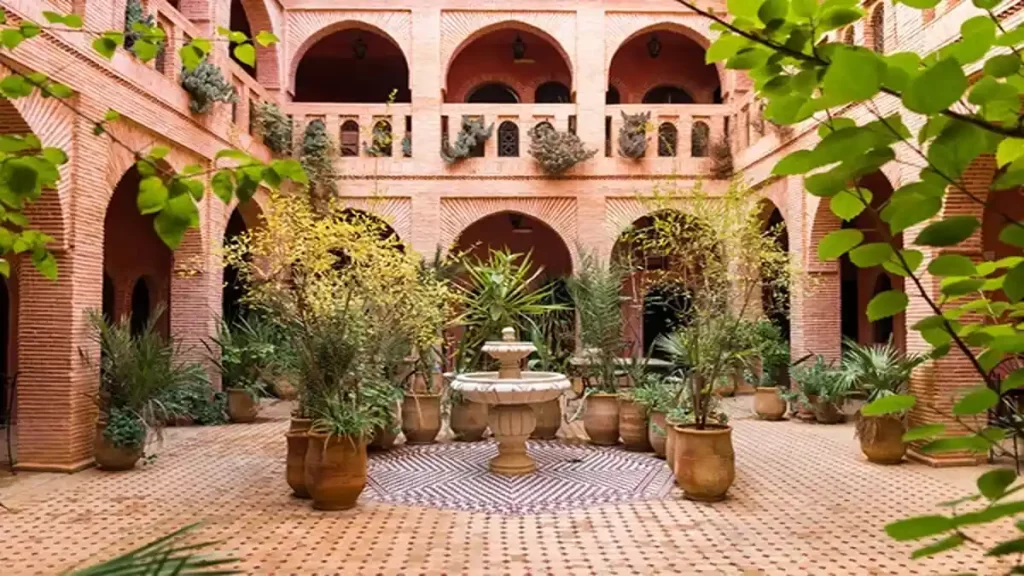
Places to Stay in Marrakech
Accommodation selection in Marrakech city Morocco affects every aspect of your travel experience from cultural immersion depth to daily logistics efficiency. Your lodging choice determines morning routines, evening activities, and social interaction opportunities throughout your stay.
Traditional Riad Experience
Riad living offers authentic Moroccan architecture with interior courtyards, traditional tile work, and rooftop terraces providing Atlas Mountains views. These converted family homes operate as boutique hotels with 6-12 rooms surrounding central patios designed for natural cooling and social gathering.
Location strategy for riads needs balancing Medina authenticity against accessibility challenges. However, properties near Jemaa el-Fnaa provide walking access to major attractions. They experience higher noise levels and tourist density throughout evening hours.
Booking considerations should account for narrow Medina alleys that prevent vehicle access to most traditional riads. Plan luggage transport carefully and confirm porter services for comfortable arrival and departure experiences.
Modern Hotel Districts
Contemporary hotels in Gueliz and Hivernage offer familiar amenities including reliable Wi-Fi, air conditioning, and vehicle access for independent exploration. Meanwhile, these properties suit travellers prioritising comfort predictability over cultural immersion intensity.
Palmery resorts provide luxury experiences with golf courses, spa facilities, and swimming pools set among Morocco’s traditional palm groves. These properties work well for relaxation-focused trips and multi-generational family travel requiring diverse activity options.
Pro Tip: Book riads directly through property websites or WhatsApp contact for better rates and personalised service compared to international booking platforms.
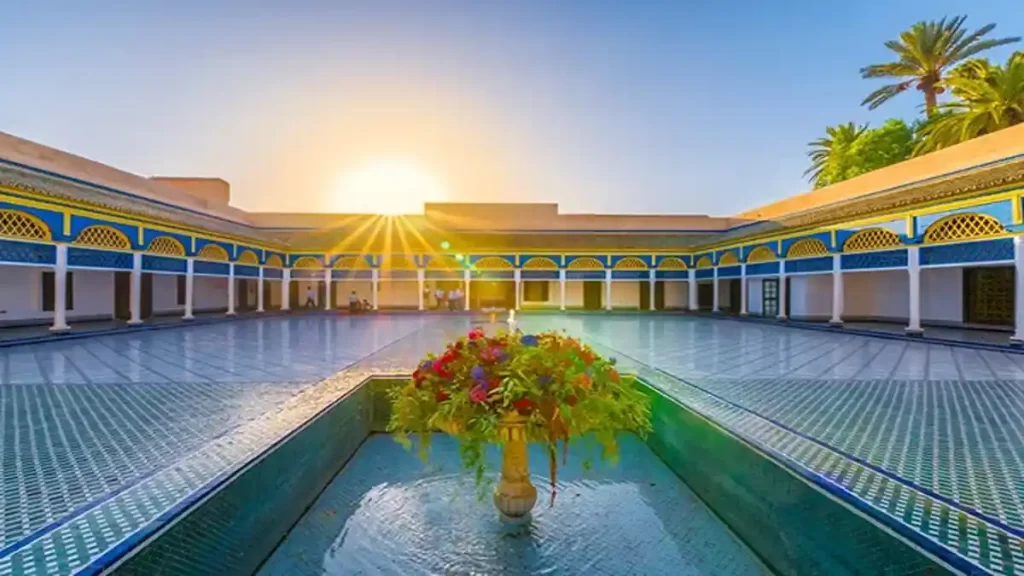
Must-Visit Places and Attractions in Marrakech City Morocco
Experience architecture in Marrakech city Morocco needs systematic approach to balance iconic attractions with authentic local discoveries. Your itinerary should sequence high-energy cultural experiences with restorative activities that prevent sensory overwhelm.
Medina Core Attractions
Jemaa el-Fnaa transforms throughout daily cycles from morning market activity to evening entertainment spectacle. Plan multiple visits at different times to witness storytellers, musicians, food vendors, and traditional performers who create Morocco’s most dynamic public theatre.
Morning visits around 8-10 AM offer quiet market activity and fresh orange juice stalls. Afternoon hours from 2-5 PM showcase snake charmers and traditional entertainers. From 6 to 9 PM, the evening hours showcase food stalls and live music performances. Night time from 9 PM onwards delivers peak entertainment and dining atmosphere.
Bahia Palace demonstrates 19th-century Moroccan architectural excellence with intricate tile work, carved cedar ceilings, and peaceful gardens. Therefore, visit during morning hours before 10 AM to avoid tour group congestion and photograph details in optimal lighting conditions.
Saadian Tombs preserve 16th-century royal burial chambers discovered in 1917 and restored to showcase Moroccan craftsmanship at its finest. Similarly, the narrow entrance creates queuing during peak hours, so arrive at opening time for comfortable exploration.
Souks and Markets Navigation
Market exploration needs strategic planning to balance shopping opportunities with cultural appreciation. Marrakech’s souks specialise in different crafts with leather goods in Souk Cherratine, textiles in Souk des Teinturiers, and metalwork in Souk Haddadine.
Negotiation frameworks start with offering 30-40% of initial asking prices for handcrafted items. Show genuine interest in craftsmanship whilst maintaining polite firmness about your budget constraints. Quality assessment needs examining stitching, material thickness, and finishing details.
Shopping timing affects both prices and selection availability. Morning visits provide fresh merchandise displays and energetic vendor interactions. Afternoon shopping may yield better negotiation results as sellers aim to complete daily targets.
Gardens and Peaceful Spaces
Majorelle Garden provides a peaceful escape from the hustle and bustle of the Medina, featuring exotic plants, striking blue buildings, and the Berber Museum that highlights North African cultural heritage. Purchase tickets online to skip entrance queues during busy tourist seasons.
Menara Gardens provide traditional Moroccan landscape design with olive groves, reflecting pools, and Atlas Mountains backdrop views. These gardens work well for sunset photography and peaceful walking when city exploration becomes overwhelming.
Pro Tip: Combine garden visits with nearby attractions to maximise travel efficiency and create balanced daily itineraries mixing cultural intensity with natural tranquillity.
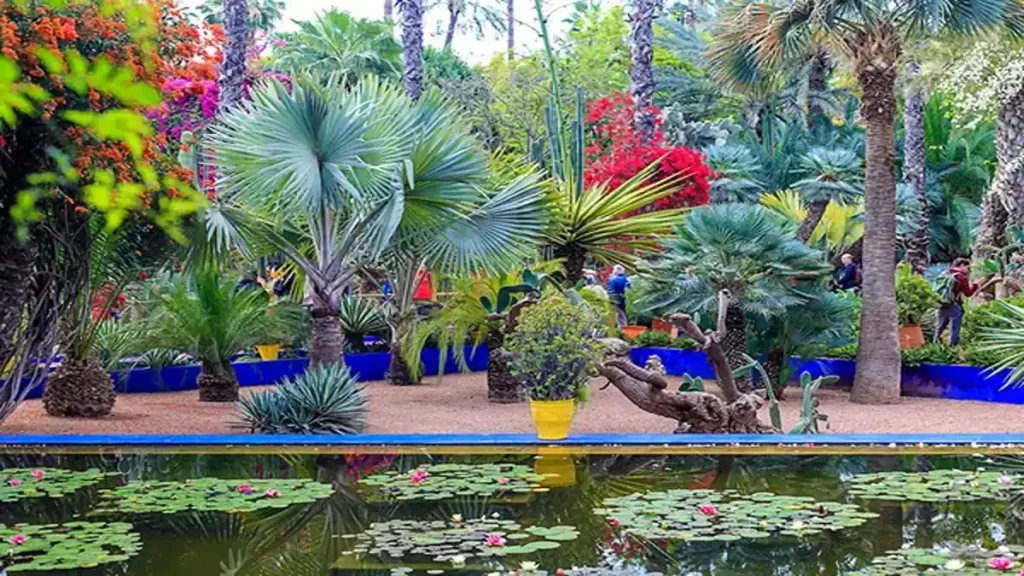
Detailed Itineraries for Different Trip Lengths
Itinerary construction for Marrakech city Morocco demands energy management systems that also account for cultural intensity, weather patterns, and attraction logistics. Your daily planning should alternate high-stimulation experiences with recovery periods for sustainable exploration.
One-Day Marrakech Strategy
Concentrated exploration needs prioritising core experiences that capture Marrakech’s essential character within limited timeframes. Start your day at 8 AM with Majorelle Garden visit before tour groups arrive and heat intensifies.
Perfect One-Day Itinerary
- 8:00 AM – Majorelle Garden and Berber Museum
- 10:00 AM – Bahia Palace architectural exploration
- 12:00 PM – Lunch in Medina restaurant
- 2:00 PM – Saadian Tombs historical discovery
- 3:30 PM – Systematic souk exploration and shopping
- 6:00 PM – Jemaa el-Fnaa sunset observation
- 8:00 PM – Traditional Moroccan dinner with entertainment
Morning sequence continues with Bahia Palace exploration around 10 AM when lighting conditions optimise photography and temperatures remain comfortable. Plan 90 minutes for thorough exploration including garden areas and architectural details.
Afternoon focus shifts to Medina navigation beginning with Saadian Tombs visit followed by systematic souk exploration. Subsequently, allocate 2-3 hours for market discovery including negotiation practice and craft appreciation.
Evening culmination centres on Jemaa el-Fnaa experience from sunset through dinner hours. Position yourself at rooftop cafés overlooking the square to witness the daily transformation whilst enjoying traditional Moroccan cuisine.
Three-Day Comprehensive Plan
Extended exploration allows deeper cultural immersion through neighbourhood discovery, cooking experiences, and day trip opportunities. Your three-day framework should balance Marrakech city exploration with Atlas Mountains or Essaouira adventures.
Day One focuses on Medina mastery through systematic Old City exploration including major palaces, tombs, and souk districts. Focus on cultural navigation skills development and authentic interaction practice.
Day Two covers modern Marrakech and garden exploration in Gueliz district combined with garden visits and museum experiences. Include Berber Museum, Photography Museum, and modern Moroccan art galleries for cultural context.
Day Three involves regional exploration to Atlas Mountains for Berber village experiences or Essaouira coastal town for different Moroccan perspectives. Choose based on weather conditions and personal interests.
Week-Long Deep Immersion
Extended residence enables authentic cultural integration through cooking classes, language learning, and local relationship building. Plan longer-term accommodation in traditional riads for daily cultural practice.
Skill development opportunities include Arabic language lessons, traditional craft workshops, and Moroccan cooking instruction. These experiences provide cultural understanding beyond tourist surface interactions that transform your travel perspective completely.
Pro Tip: Book cooking classes and cultural workshops through your riad for authentic experiences and better pricing compared to tourist-focused operators.
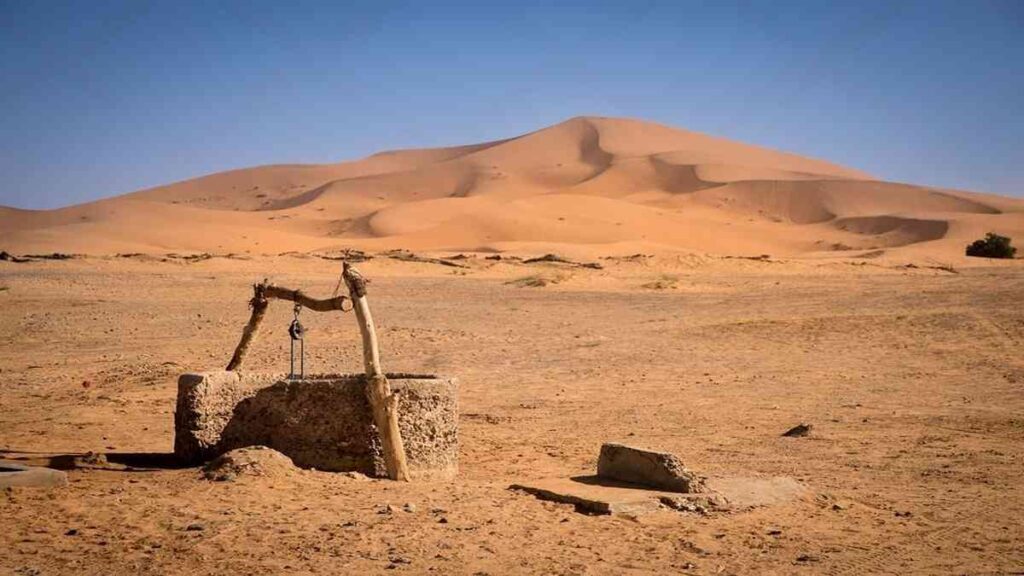
Seasons and Weather Planning
Seasonal timing dramatically affects your Marrakech city Morocco experience through temperature extremes, cultural event calendars, and tourist density fluctuations. Your travel dates determine daily activity patterns, clothing needs, and also budget considerations.
Optimal Travel Windows
Spring months from March to May provide ideal weather conditions with daytime temperatures ranging 20-25°C and cool evenings perfect for rooftop dining and Medina exploration. This period offers comfortable walking conditions without summer heat intensity.
March delivers mild temperatures, fewer crowds, and lower accommodation rates. April provides perfect weather, blooming gardens, and comfortable walking conditions. May offers warm days, cool evenings, and excellent photography lighting opportunities.
Autumn season from September to November delivers similar temperature benefits with added advantages of post-summer freshness and decreased tourist crowds. Hotel rates drop significantly compared to peak winter months whilst weather remains excellent for outdoor activities.
September brings post-summer freshness and decreased tourist density. October brings perfect temperatures, sunny skies, and the thrill of festival season. November provides comfortable exploration conditions and autumn market activities.
Summer Survival Strategies
Heat management becomes critical during June through August when daytime temperatures exceed 40°C regularly. Plan indoor activities during midday hours including museum visits, hammam experiences, and traditional tea sessions.
Activity timing shifts to early morning and late evening schedules. Start outdoor exploration and sightseeing between 6-9 AM. Continue Medina wandering from 9 AM-12 PM before heat builds. Reserve 12-4 PM for indoor activities, museums, and air-conditioned spaces. Plan shaded garden visits and tea sessions from 4-6 PM. Schedule evening activities and outdoor dining from 6 PM onwards.
Hydration protocols need consuming 3-4 litres of water daily with electrolyte replacement through fresh fruit juices and traditional Moroccan mint tea. Avoid alcohol during extreme heat periods to prevent dehydration complications.
Cultural Calendar Integration
Religious observances including Ramadan affect restaurant hours, cultural site access, and social interaction patterns. Research Islamic calendar dates for your travel period and respect local customs through appropriate behaviour.
Festival seasons such as Marrakech Popular Arts Festival and International Film Festival create vibrant cultural experiences but increase accommodation demand and pricing significantly. Book early if travelling during major events.
Pro Tip: Check local weather forecasts daily and adjust your itinerary accordingly since Marrakech weather can change rapidly, especially during transitional seasons.
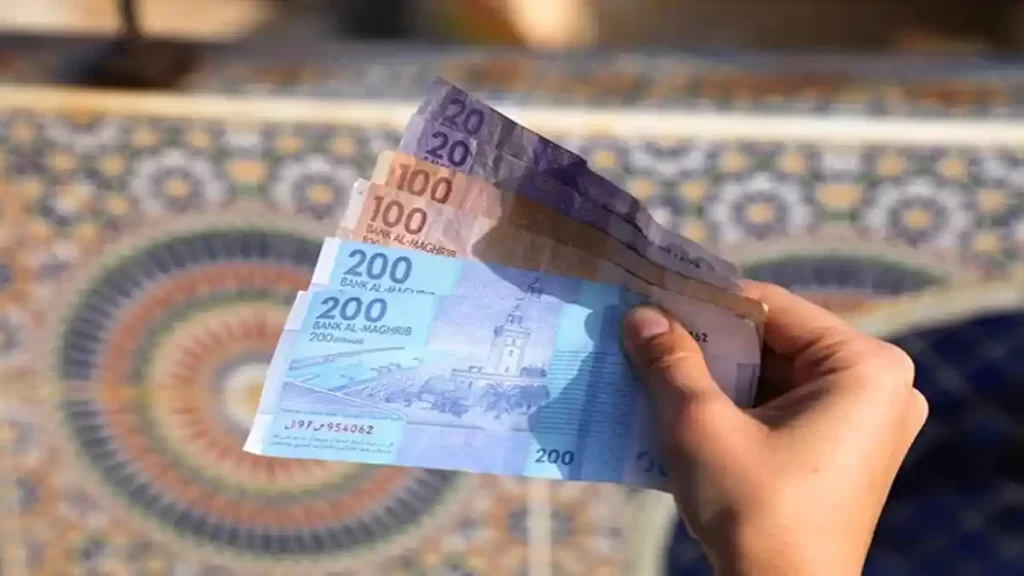
Budget Planning and Money Management
Financial strategy for Marrakech city Morocco needs understanding local pricing structures, negotiation customs, and hidden cost patterns that affect travel budgets. Your money management approach determines experience quality and also cultural interaction authenticity.
Daily Budget Frameworks
Mid-range travellers should budget 600-900 MAD daily covering accommodation, meals, transport, and attraction entries. This allows comfortable riad stays, quality restaurant dining, and flexible activity choices without constant budget constraints.
Budget allocation follows proven percentages that optimise value across different expense categories. Allocate 35% for accommodation including riads, hotels, and guesthouses. Reserve 25% for food and dining covering restaurants, street food, and cafés. Dedicate 20% to activities and attractions including sites, tours, and experiences. Set aside 10% for local transport covering taxis, buses, and airport transfers. Keep 10% for contingency and shopping covering emergencies and souvenirs.
Luxury experiences range 1,200-2,000 MAD daily including premium riads, fine dining, private guides, and exclusive experiences. High-end travel in Morocco offers exceptional value compared to European luxury destinations.
Cost-Saving Strategies
Accommodation economics favour longer stays with weekly rates offering 15-20% savings over nightly booking. Many riads provide loyalty discounts for repeat guests and referral bonuses for recommendation programmes.
Group travel reduces individual costs significantly through shared accommodation, transport, and guide services. Four-person groups typically achieve 30% cost reductions compared to solo travel expenses.
Seasonal pricing varies dramatically between peak winter months and summer low season. July-August accommodation rates drop 40-50% whilst maintaining service quality, though weather becomes challenging for some activities.
Direct booking with riads achieves 10-15% rate reductions compared to international platforms. Travel during shoulder seasons for 30-40% accommodation savings. Use group bookings for shared transport and guide costs. Eat at local establishments rather than tourist restaurants for authentic experiences and better prices.
Money Management Tactics
Cash requirements remain significant since many local businesses operate without card payment systems. Carry mixed denominations with emphasis on 20, 50, and 100 MAD notes for daily transactions.
ATM strategy involves using bank machines inside major hotels or shopping centres for better security and reliable service. Avoid street-side ATMs and notify your bank about Morocco travel to prevent card blocking.
Negotiation outcomes improve dramatically with patient, respectful bargaining approaches. Begin by offering 40% of the asking prices for souvenirs and handicrafts, and then aim to reach a mutually agreeable compromise through cultural exchange.
Exchange considerations favour Euros or US Dollars over British Pounds for better conversion rates. Official exchange bureaux provide competitive rates compared to hotels or airport services.
Pro Tip: Keep small denomination notes separate for tips, small purchases, and also situations where exact change prevents negotiation complications.
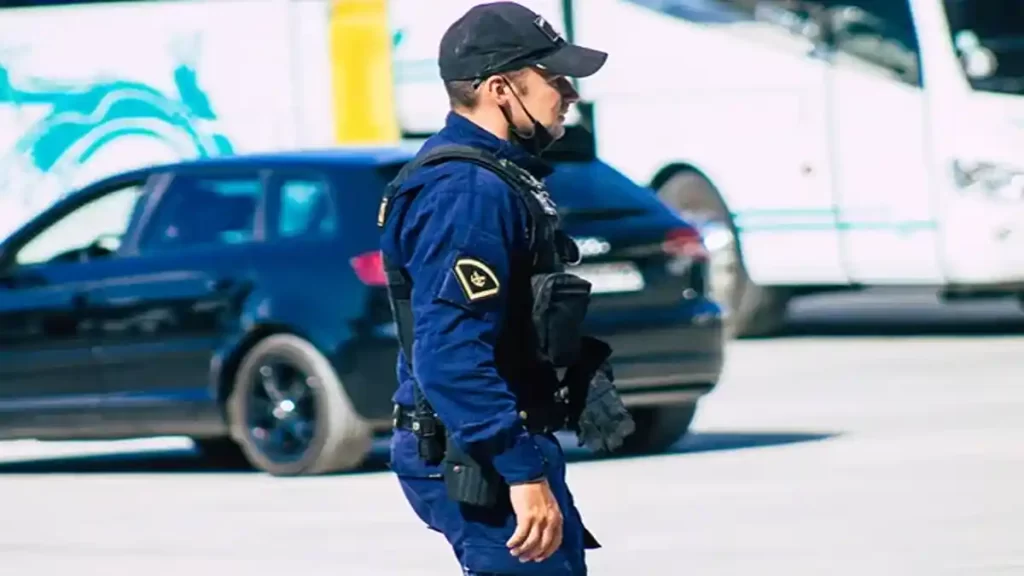
Safety and Emergency Planning
Risk management in Marrakech city Morocco needs balanced awareness without paranoia since the city maintains good tourist safety records through active police presence and tourism industry oversight. Your security planning should address common issues whilst enabling confident exploration.
Personal Security Systems
Valuables protection involves strategic distribution across multiple secure locations rather than carrying everything together. Use hotel safes for passports, excess cash, and backup cards whilst keeping daily essentials in concealed money belts.
Communication protocols include sharing daily itineraries with trusted contacts and establishing check-in schedules for solo travellers. WhatsApp works reliably in Morocco for international communication without expensive roaming charges.
Documentation backup needs photographing important documents and storing copies in cloud services accessible offline. Include passport details, visa information, travel insurance policies, and emergency contact numbers in secure digital formats.
Health and Medical Considerations
Preventive healthcare includes routine vaccinations and consideration of Hepatitis A immunisation for extended stays. Consult travel medicine specialists 6-8 weeks before departure for personalised health recommendations.
Water safety practices involve drinking bottled or properly filtered water to prevent digestive issues common among visitors adjusting to local bacteria. Most hotels and riads provide safe drinking water, but confirm sources when uncertain.
Food safety guidelines emphasise eating at busy establishments with high turnover and avoiding street food during initial adjustment periods. Traditional Moroccan cuisine poses minimal risks when prepared properly in reputable establishments.
Emergency Response Planning
Medical facilities in Marrakech include several private clinics and hospitals providing quality care for tourists. Clinique du Sud and Polyclinique du Sud offer English-speaking staff and also modern equipment for serious medical needs.
Embassy contacts for British citizens include the British Consulate in Casablanca and honorary consuls in Marrakech providing emergency assistance for passport issues, legal problems, or serious medical situations.
Insurance requirements should cover medical evacuation, trip cancellation, and personal property protection. Adventure activities like Atlas Mountains trekking may need specialised coverage beyond standard travel policies.
Local emergency numbers include Police 19, Medical Emergency 15, and Fire Brigade 15. The Tourist Police are also dedicated to helping visitors and are fluent in several languages.
Pro Tip: Make sure to register with your embassy as soon as you arrive to receive security updates and assistance with emergency contacts while you’re in Morocco.
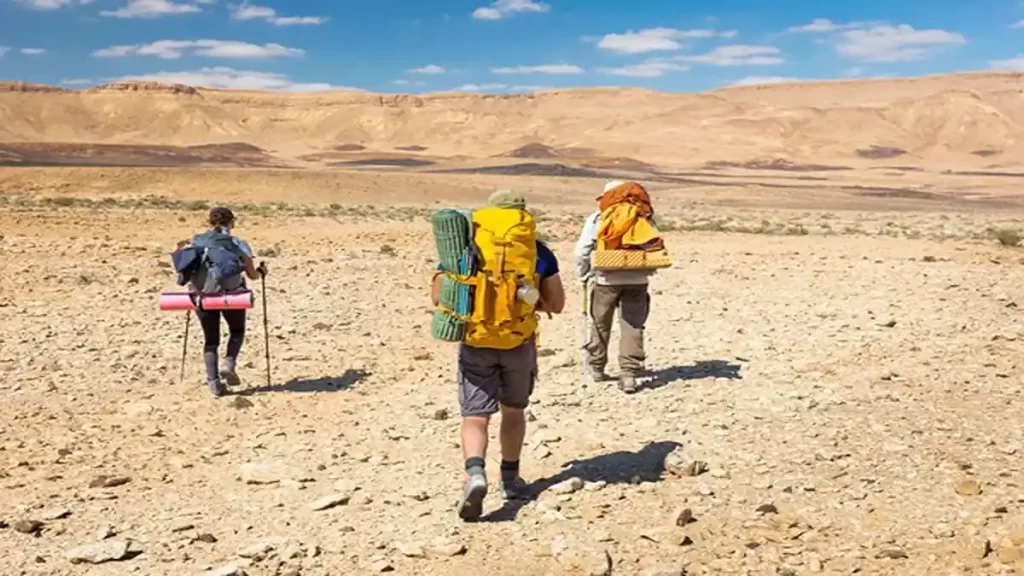
Essential Equipment and Preparation Guide
Preparation for the city of Marrakech in Morocco go beyond just basic packing; they encompass cultural tools, gear for adapting to the climate, and equipment for optimizing experiences.Your preparation quality directly affects cultural integration success and travel comfort levels.
Climate-Specific Gear
Temperature regulation needs layered clothing systems accommodating 20-degree daily temperature swings between midday heat and evening coolness. Pack lightweight, breathable fabrics for day wear and warm layers for night-time activities.
Sun protection becomes critical with Morocco’s intense UV exposure at Marrakech’s elevation and latitude. Include high-SPF sunscreen, wide-brimmed hats, and UV-protection sunglasses for outdoor exploration comfort.
Footwear strategy demands comfortable walking shoes with good grip for Medina’s uneven stone surfaces. Avoid new shoes and break in footwear thoroughly before travel to prevent discomfort during extensive daily walking.
Cultural Navigation Tools
Language resources including offline translation apps, basic Arabic phrase guides, and Darija greeting cards facilitate authentic cultural interactions. Google Translate offline mode works well for basic communication needs.
Cultural etiquette guides help navigate social situations including appropriate dress codes, greeting customs, and business interaction protocols. Understanding Islamic customs prevents unintentional cultural insensitivity during your travels.
Photography equipment should include spare batteries and memory cards since charging opportunities may be limited during intensive Medina exploration. Consider portable phone chargers for navigation and communication security.
Health and Comfort Items
Digestive health support through probiotics, rehydration salts, and basic medications helps manage dietary adjustments common during international travel. Consult pharmacists about preventive digestive health strategies before departure.
Personal care products may be difficult to find in familiar brands, so pack sufficient supplies of preferred items including toiletries, medications, and specialty health products.
Technology and Documentation
Offline navigation apps download Marrakech maps for use without internet connectivity. Maps.me and Google Maps offline features provide reliable navigation backup when GPS signals weaken in narrow Medina alleys.
Power management includes universal adapters for Morocco’s Type C and Type E electrical outlets plus portable charging devices for extended daily exploration without power access.
Document organisation systems also keep important papers accessible whilst maintaining security through waterproof storage and digital backups stored in multiple cloud services.
Pro Tip: Pack a small day pack for Medina exploration that keeps hands free for navigation whilst securing valuables against pickpocket risks in crowded market areas.
Achieving success in the city of Marrakech, Morocco, relies on thorough preparation, respect for the local culture, and the ability to adapt flexibly to the unique rhythms of this extraordinary imperial city. The guidelines offered here turn standard tourist experiences into genuine cultural immersion by means of strategic planning and well-informed choices.
Remember that Marrakech rewards patient, respectful visitors with extraordinary experiences unavailable anywhere else on earth. Your journey turns into a transformative experience when you approach it with the right preparation, cultural awareness, and a willingness to embrace Morocco’s unique offerings.
